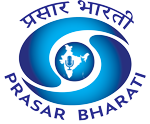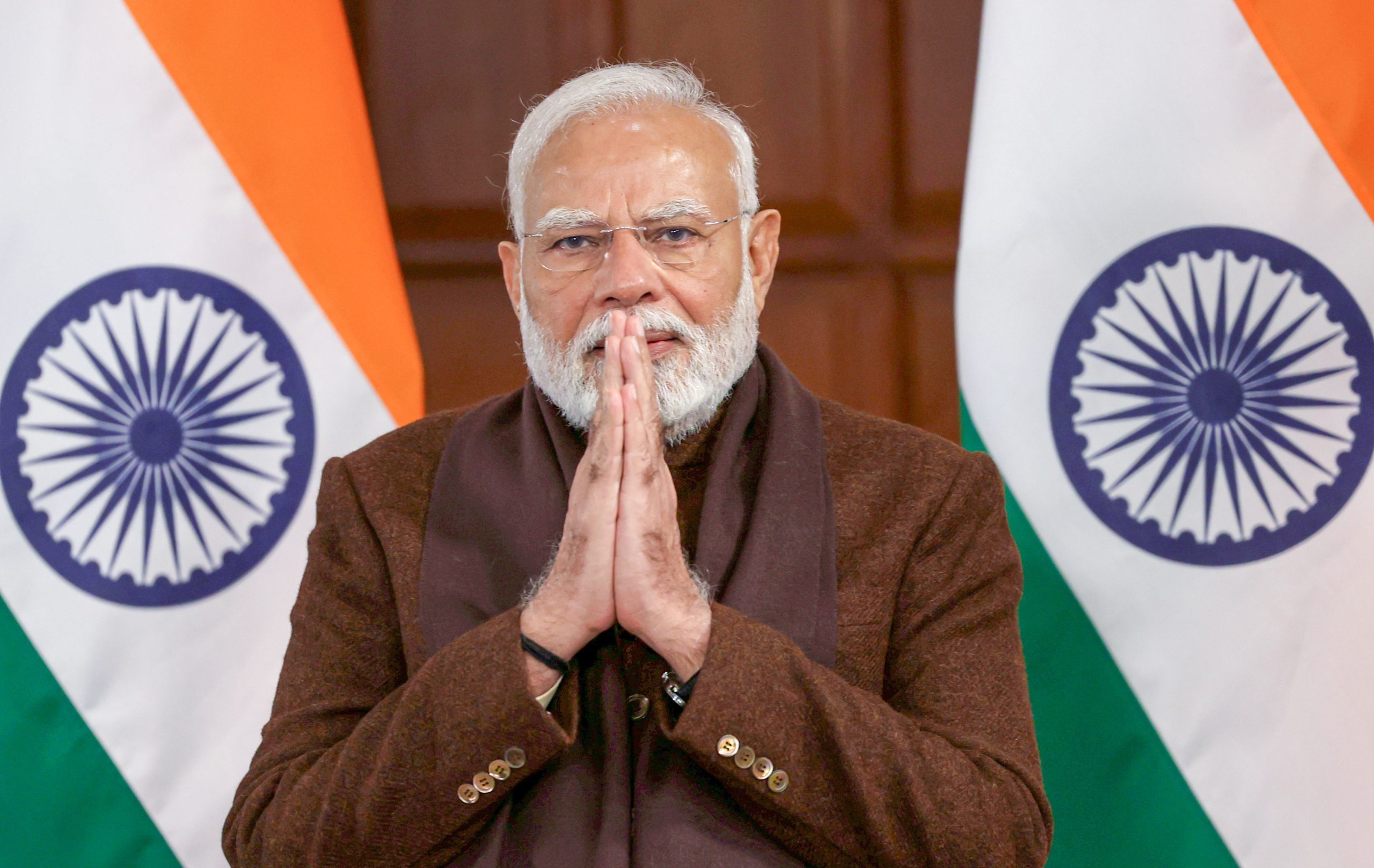The ideal budget for Viksit Bharat must balance the macro fundamentals, the supply-side reforms, the growing demand governed by the free hand of the market, and the role of evolving structural reforms in an economy that will soon be the third-largest in the world.
Fortunately, for the people and the nation, Finance Minister Nirmala Sitharaman’s eighth budget ticks all the right boxes.
The Modi Government’s budget is positively mind-boggling in many ways, but for starters, it promises to bring down the fiscal deficit to 4.4 per cent, while ensuring the effective capex is more than Rs. 15 Lakh Crore along with a handsome tax cut allowing for zero payable income tax for those with an income up to Rs. 12 Lakh (Rs. 12.75 Lakh for salaried taxpayers).
The Modi Government has exceeded the expectations of the people, especially the economic hawks. Before the budget, as the companies were releasing their quarterly earnings, the expectation was to have a budget that took along everyone, transcending economic barriers, did not indulge in sops that dented the government’s fiscal room to boost consumption and spending, and focused on reforms that ensured long-term interests of the nation were catered to.
The Budget of 2025-26 is an ideal testament to fiscal prudence while reading the global and local headwinds. The finance minister, early on in her speech, rightfully acknowledged the global uncertainty, given the resurgence of the tariff wars under President Donald Trump. However, she did not lose sight of the domestic conditions as well and presented a budget that will boost growth across sectors.
The takeaway headline is that the middle class, the primary consumption class, as many like to define it, is now going to have more disposable income in their hands. With no income tax up to Rs. 12 Lakh, people who were earlier paying Rs. 20,000 to Rs. 80,000 in taxes will have more money to spend.
Think of a household in an urban centre, with two to three earners under the Rs. 12 Lakh bracket. Together, their savings in income tax could be anywhere between Rs. 60,000 and Rs. 240,000. The resulting expenditure could boost tourism, automobiles, manufacturing, and the services sector.
The message from the government to the middle class is quite straightforward- we trust you, and a rupee in your hands is better than in ours.
The tax cut should not deter the hidden gems of the budget from being discussed in the mainstream.
MUDRA loans for homestay owners to address the low-hanging fruits in the tourism sector is a progressive move. Further, aiding street vendors with credit access using their UPI transaction history will turn them into stakeholders of the street economy.
A health cover for the gig workers, toiling hard in the cities of India, will further their disposable income. Transforming India Post into a large logistics company and complementing it with the Open Network for Digital Commerce, could help young entrepreneurs and companies in second and third-tier cities, towns, and villages.
Finally, the second asset monetisation plan to raise capital worth Rs. 10 Lakh Crore testifies government’s commitment to ‘minimum government, maximum governance’.
On agriculture, the Modi Government, perhaps, deserves more accolades than even the tax cuts.
The Economic Survey highlighted the problem of inflation with respect to pulses on the import and inflation front. The push for self-reliance in pulses will be beneficial for the farmers in multiple ways. To begin with, it will encourage crop diversification away from water-intensive crops. It will help improve farmers’ income, opening them up to a new market, and most importantly, it will curb India’s import bills.
As the Russia-Ukraine war demonstrated, food supply chains are vulnerable in a world that no longer works on the conventional principles of globalization, and therefore, the push for self-reliance in pulses must be seen in this context.
The capex is not going away anywhere. Many who thought that the increase in capex is a temporary phenomenon, in the wake of the pandemic, are being proven wrong. For this year, the effective capex is more than Rs. 15 Lakh Crore. The government, while enhancing short-term liquidity, is also focusing on long-term asset creation, as infrastructure continues to have a cascading impact on the socio-economic fundamentals of geography and the overall economy.
The National Manufacturing Mission will aid the MSMEs, which employ over 7.5 Crore people, which will boost India’s exports in the long run. In the previous budget as well, the Modi Government focused on MSMEs, their ease of credit, and incentivising employment creation. This time, the focus is on reclassification (based on turnover and investment) and enhancing exports.
What impressed the geeks the most was the clarion call for five Indigenous nuclear reactors to be operational by 2033. In the long-term energy transition of India, many were feeling that nuclear energy had been left out, and the finance minister did not disappoint them. In the coming years, the discourse around nuclear energy will become mainstream, and many will recall the initiation from the Modi Government.
The Budget 2025 focuses on three main pillars. Demand, consumption, and overall growth, and all this while addressing the macro factors and the micro intricacies. The Modi Government has delivered a budget that is ideal for our Viksit Bharat, and the message is clear; Middle-Class Bhi. Macro Fundamentals Bhi.
(Tushar Gupta is a senior journalist and political analyst)














